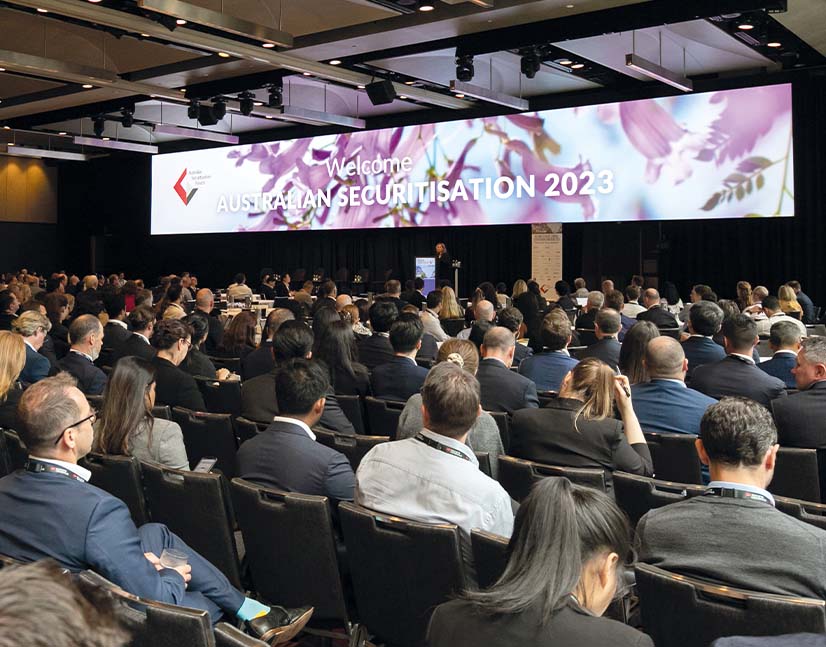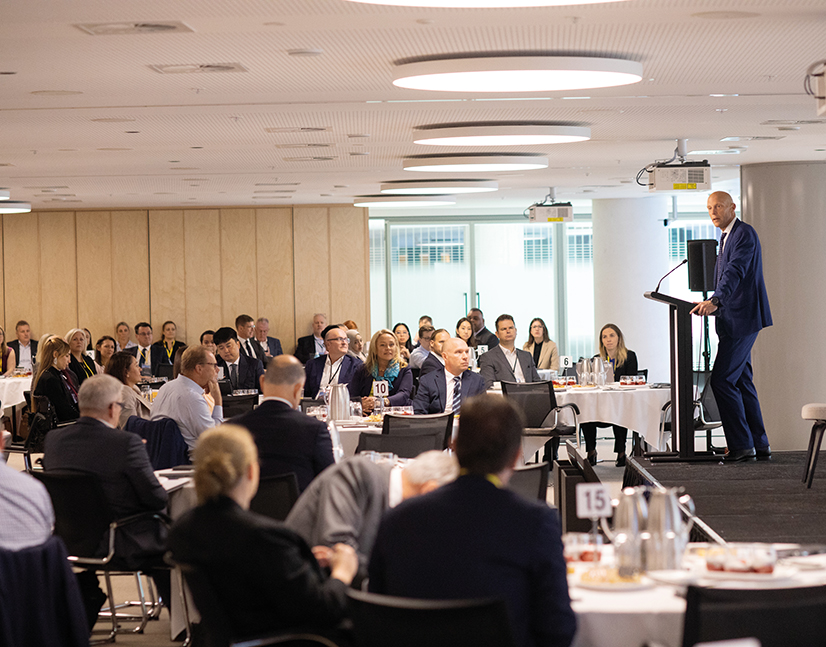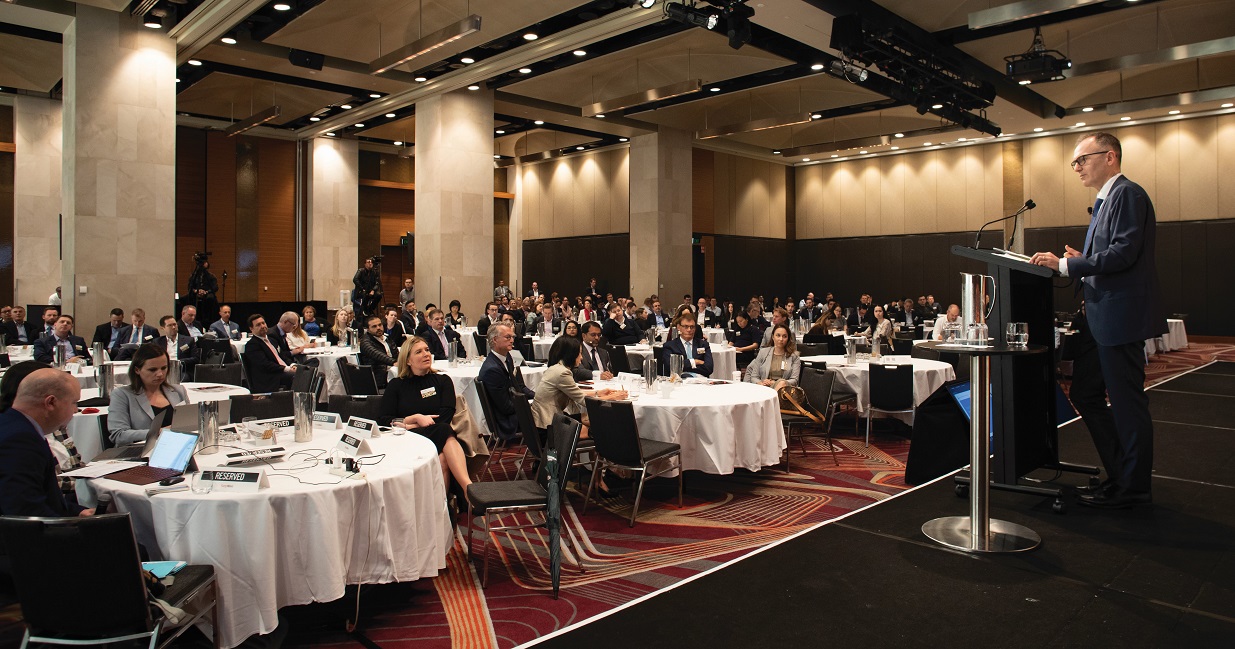
Inflation, rising rates take centre stage at KangaNews summit
The KangaNews Debt Capital Market Summit returned to Sydney as an in-person conference in May. Discussions covered a range of topics including rising inflation, central bank policy and trading in a highly volatile market. The increasing interest in environmental, social and governance issues was another talking point.
"From a big-picture perspective, three factors have historically driven strong bond markets: globalisation, technological innovation and financial innovation. What ends bullish bond markets are pandemics and wars – and the war we have on our hands currently is a cold war too, which further destabilises globalisation.”
“Shipping rates rising or falling tells us nothing about whether supply chains are the source of the problem. Global industrial production volume is about 6 per cent higher than pre-pandemic levels and global imports are 10 per cent above pre-pandemic levels, another record. There are supply chain issues, but most of these have been generated because demand is far too strong.”
“Our concern is a wage-price spiral and we have seen some evidence of this emerging. Businesses are raising prices – they are no longer prepared to absorb increased supply chain costs in their margins. We also saw a flavour of indexation in recent comments from the new government, which supported a full pass through of inflation to the minimum wage. These sticky supply shocks to prices could be with us for longer than expected – which was also a feature of the 1970s.”
“Key lending rates are what matters for the real economy, not the cash rate. A lot of fixed-rate mortgages will expire in 2023 – which is also when the first payback of the TFF is due. Tighter financial conditions will do a lot of the RBA’s work and we suspect the major lenders may at some point pass on more than the movement in the official cash rate.”


“We are dealing with a very attractive environment for relative value because spreads have dislocated all over the world – so we have taken positions in all the major offshore countries. Market dislocation and volatility means smaller positions, but they are enough to have an impact because movement is much greater.”
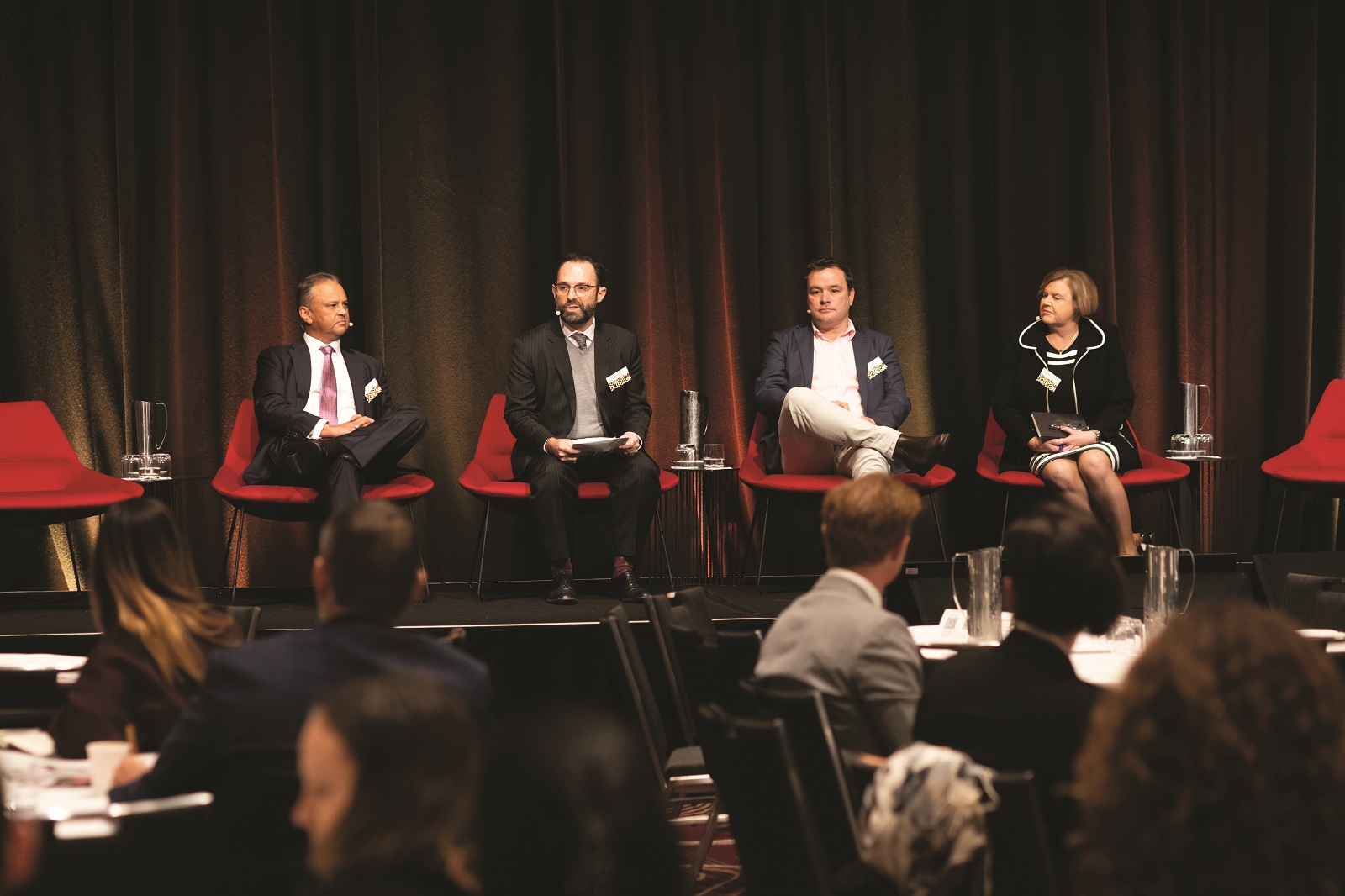
“We were in a ‘Goldilocks’ period pre-pandemic, and then we moved into a benign inflation period. In fact we might still be in it, in part because long-run inflation expectations are still, relatively, quite anchored. It is only if these longer run indicators, such as 10-year break-even inflation rates, start to shift higher that we really will be moving into a stagflation environment.”
“We view scale as a tremendous benefit to our members as it allows us to enter illiquid and complex environments where smaller funds likely would not have the internal resources to support investment opportunities. But we still need to take a step back and ensure we can turn our scale into an advantage, because it will not necessarily be an advantage in every sector or opportunity.”
“The reality of geopolitics over the last 50 years is that, nine times out of 10, markets have been up within 12 months of a disruptive event. Why is it different this time? Because of the impact on inflation. Whether we are talking about geopolitics, issues in supply chains or any of today’s challenges, it comes back to inflation.”
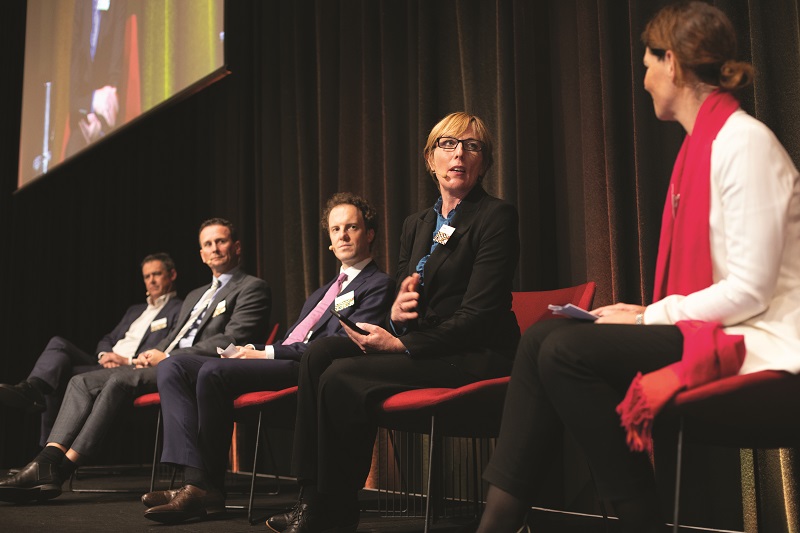

“The hard work being done to create systems for better reporting for labelled bonds may help to develop more extensive and transparent reporting for an issuing entity as a whole. It’s likely we will see the wider application of this discipline to issuers in a holistic way, while its possible we see less labelling of bonds in the future.”
“The war in Ukraine will have a massive impact on how we consume energy. In Europe, there is already a strong push for energy autarky based on renewable sources. We will see more demand for energy efficiency solutions, renewable energies and clean transportation. This is already being reflected in capital markets.”


“Having a robust, board-approved strategy in place for our sustainability-linked loan made it easier for the banks to get in line and accept what we wanted to do. I was certainly challenged internally about why we were doing it – as a business, we don’t want to be in the media being accused of greenwashing. The loan facility itself is the rubber hitting the road and bringing the ESG strategy to life.”
“The conversations we are having about the benefits of sustainable finance programmes are also linked to the cost and internal resourcing needed to put in place a best-in-class framework so these instruments can be successful. It takes a lot of work and can be costly for issuers to develop a framework, from conception down to the details of putting it into writing.”
“We determined that the best way forward was to build a sustainability framework overlaying all issuance rather than doing labelled bonds – because we want to be seen as a sustainable issuer and state, not just having a green- or sustainable-bond issue. The biggest challenge with this approach is that we are just one part of government and don’t set the policy agenda for government in its delivery of sustainability.”


“I describe climate change as a sleeper issue: It has bubbled away for so long that people forgot about its cumulative impact, including that at one stage it could tip an election. We have had three years of unmitigated environmental disasters. Suddenly, climate change isn’t academic. When your country is on fire, your house is mouldy or you have water lapping at your door, you realise that maybe climate change is real.”
“We have high job vacancy numbers and strong demand for skilled workers, especially in the knowledge industry. Negotiations over preferred working arrangements favour workers more than ever before. Employers that are too keen to revert to a pre-pandemic world could risk losing high-quality workers because competitors will offer what people want.”


“There are clear signs of congestion across transport networks as well as challenges across less visible, but no less critical, city systems like energy, water and waste. Socially, we have seen issues like COVID-19 and climate change place a spotlight on the importance of building community cohesion and tackling inherent inequity if our cities are to be resilient to the myriad risks and challenges they are being exposed to. Cities need to embrace flexibility and adaptability, and prioritise tackling the systems driving these issues.”
“A workplace conversation is always a people conversation. It is not about the build or the balance sheet but how you bring people together. Our cities have long been the vessels of culture and our workplaces are vessels for business cultures today. In bringing people back and reviving the culture, we should ask what wellness, flexibility and connection mean to people.”


“While it is likely that some things will begin to normalise by year end and there will be divergences among central banks regarding the pace of interest rate hikes – or lack of them. This will create dislocations, particularly with respect to the cross-currency basis, and thus a different dynamic from what we have seen over the last few years.”
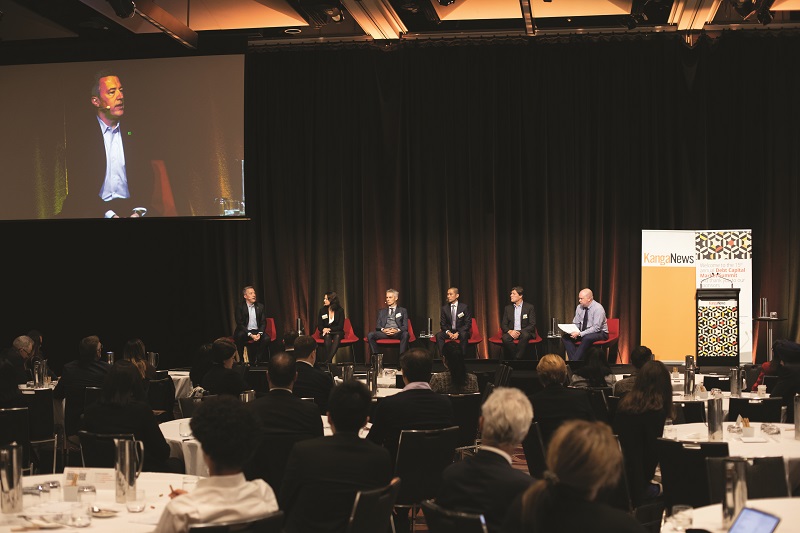
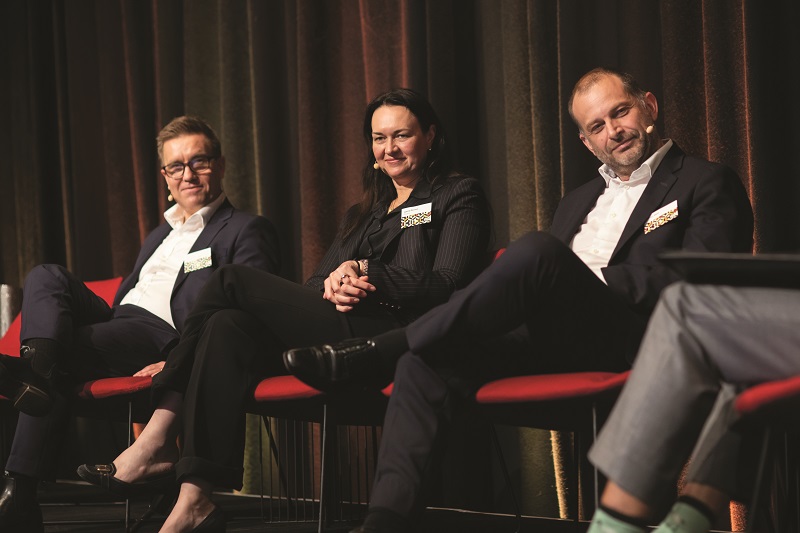
“What we are seeing in rates generally is an expectation of reset as opposed to recession. So why are we in this much scarier environment? The idea recently has been that, whatever the problem is, the central bank will fix it by lowering rates and injecting liquidity. It is a real mind shift when investors see scary things on the horizon, and one of those scary things is now the central bank.”
“To date, the market is very much technically rather than fundamentally driven, which we saw in the financial crisis of 2009. A lot of volatility is rates-driven and this is affecting liquidity in the primary and secondary markets. However, it could become fundamental – with a potential impact on the economy and credit profile of companies, and even the chance of a recession. The bond market is a good indicator, and the long end is showing some signs.”
“We fund through all markets and will continue to do so. Having a very solid syndicate and access to the right information, including understanding execution risks, is important. In current markets, we are not looking as much at multitranche deals but are using different criteria to assess deals. This can include shorter-dated, more defensive products.”
“Our theme-bond programme is still expanding as we are responding to the demand of investors. Are we going to move to a more holistic approach? All our operations are aligned with the UN Sustainable Development Goals, so when you invest in Asian Development Bank bonds – whether it is a theme bond or not – you are investing in a sustainable-development bond.”
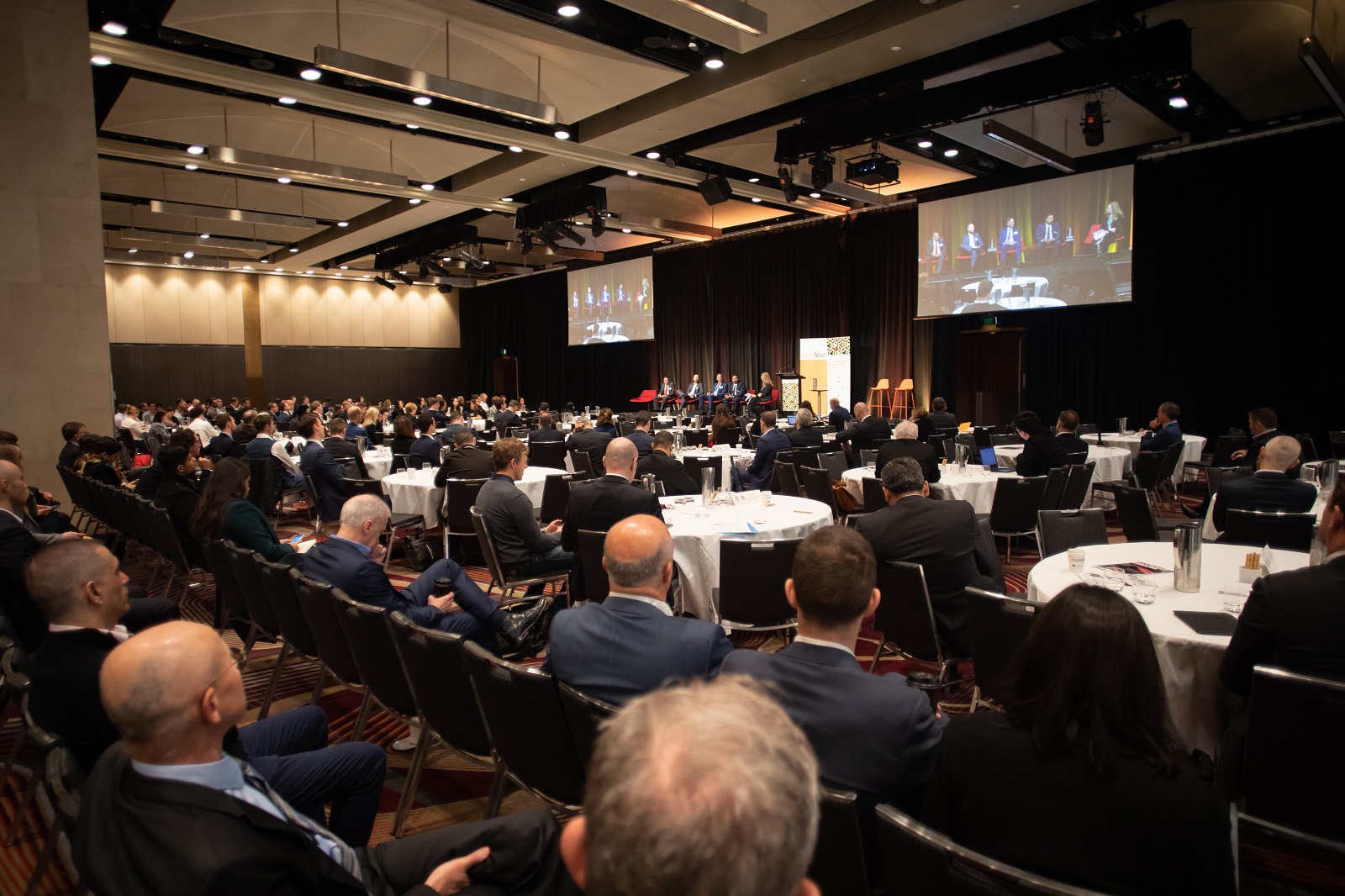
“Rates are going up, but the level is still absolutely acceptable. The price of cash is currently cheaper for issuers than the price of derivatives, and we are able to achieve spreads we have not seen in four or five years. We are now at a crossroads, particularly in Europe, because there is still a massive amount of liquidity in the market.”
“The Australian banks are going to have to come back to the bond market in a big way after having been absent for a lot of COVID-19. It will be more expensive, but the banks’ exceptionally strong credit profiles and ability to react flexibly to difficult circumstances put them in good stead to access globally diversified funding.”
“We have seen a tremendous expansion of public sector balance sheets in recent years, and the supranationals play a critical role in this. There are also other initiatives underway regarding the role of multilateral development banks in globalising and mobilising capital as it relates to initiatives like climate change."

HIGH-GRADE ISSUERS YEARBOOK 2023
The ultimate guide to Australian and New Zealand government-sector borrowers.

WOMEN IN CAPITAL MARKETS Yearbook 2023
KangaNews's annual yearbook amplifying female voices in the Australian capital market.

SSA Yearbook 2023
The annual guide to the world's most significant supranational, sovereign and agency sector issuers.












